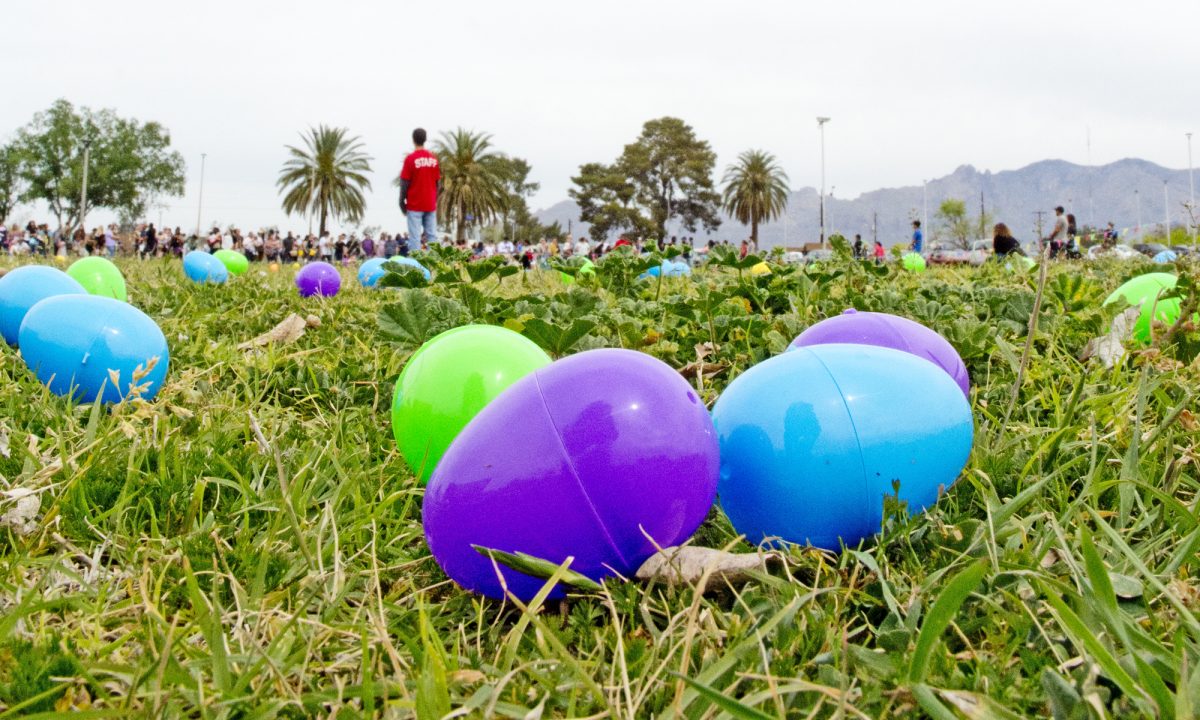New Year’s Eve in America is all about fireworks, fancy parties and that stroke-of-midnight kiss.
We’re glued to the TV watching the ball drop in Times Square and when it’s zero, we pop the cork and toast the year gone by and the year to come.
In Spain, Mexico and in some regions of South America, they cap the year with a dozen grapes as part of Las Doce Uvas de Suerte (The Twelve Grapes of Luck).
No matter the culture or country, New Year’s Eve traditions are centered on luck, health and fortune.
While we count down the final 10 seconds of the old year, those partaking in Las Doce Uvas eat 12 grapes at midnight, one for each month of the year, to ensure health and fortune.
Families often add their own flair to the custom — some aim to eat the grapes in sync with the clock’s chimes, while others enjoy their grapes while sitting under the dinner table.
“Different folks, different strokes,” said Tucsonan Sofia Chavez, whose family celebrates the tradition. “I’ve never heard of eating under a table, unless there’s an earthquake or something.”
The Chavez family, originally from Mexico City, has made the tradition their own by associating each grape with a resolution for the month.
“It’s quite fun, I must say,” said Chavez. “You could say, ‘For January, I will save more money; for February, I will get a gym membership,’ and so on.”
The origin of the 12-grape custom is tied to Spain in the early 20th century. One theory is that in 1909, grape growers in Alicante promoted the practice to offload a surplus harvest.
Some suggest it began as a satirical jab at the wealthy’s New Year’s habit of pairing grapes with champagne.
Meanwhile in Scottish communities, it is traditional to place dimes in the window seal to represent each member of the household.
This ritual is intended to prevent the home from experiencing a shortage of money in the new year.
Tucsonan Brenda Gates, whose boyfriend’s family has Scottish roots, has embraced the tradition for nearly a decade.
“We actually leave our dimes up all year until after Christmas,” Gates said. “It serves as a good reminder to put out the good that you want to bring in.”
Gates claims this ritual has paid off in unexpected ways
This past Jan. 4, she was in a car accident. The other driver, who was at fault, immediately wrote her a check, she said.
“Six days into 2024, I was able to pay off my credit card debt,” Gates said. “I know it sounds crazy, but there has to be something in these dimes.”
While the exact origin of this tradition is unknown, similar rituals are practiced worldwide.
We scoured the internet and found some other intriguing New Year’s Eve rituals from across the globe that might inspire you to try something different when the clock strikes midnight.
- Chris Atwood writes for the See Italy travel website that Italians embrace luck by dressing in rosso (the color red). More specifically, people wear red underwear in pursuit of love, passion and prosperity for the year ahead. Talk about getting lucky!
- The New York Times’ Edwin McDowell wrote about Brazil, where people dress in all white and jump over seven ocean waves to honor Lemanjá, the goddess of the sea. Each wave corresponds to a wish made for the New Year.
- Jaimie Spetseris’s blog on EEAbroad says that many Cubans give their homes a deep clean, but they don’t stop there. They save the dirty mop water and, when the clock strikes midnight, toss it out into the street. It’s their way of saying goodbye to the bad vibes of the past year and making room for fresh, positive energy in the year ahead.
- Switzerland similarly drops something on the ground. Emily Proctor, a blogger on IamExpat, writes that they drop ice cream in hopes of abundance and wealth … though, some opt out of the tradition and prefer to eat their scoops instead.
- In Denmark, it can get a little loud. According to Outlook Traveler, on New Year’s Eve, people smash plates on the doors of their friends as a way to wish each other a year of luck.
- Chris Ciolli and Jessie Beck write for AFAR and share a couple traditions around the globe. According to them, it’s common in Russia to spend the final 12 seconds of the year completely silent to say thank you to the joyful times brought in the past 365 days.
- Philip Chrysopoulos writes about Greece’s New Year’s custom of Podariko (good foot). This involves a lucky person entering the house first, right foot forward, to bring good fortune, followed by smashing a pomegranate on the door. The number of seeds spilled symbolizes the year’s luck; the more seeds, the more luck.
- In the Philippines, wearing polka dots and eating round fruits like oranges and melons on New Year’s Eve is said to promote prosperity for adults as circles are a symbol of luck. Irish Eden Belleza of Gulf News writes that at midnight, children will jump as high as they can in hopes of growing taller.
- Chris Bell writes on Culture Trip that Columbians carry an empty suitcase around the block at midnight for a year full of travel and adventure. Not in the mood to walk? Some folks set the luggage on the ground and walk around it. Like in the Chavez family, Las Doce Uvas de Suerte is also a popular tradition in Columbia.
Arizona Sonoran News is a news service of the University of Arizona School of Journalism.
















